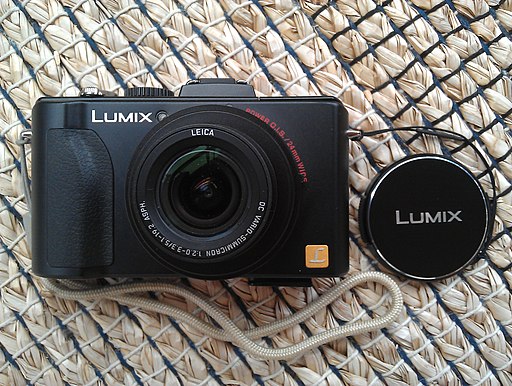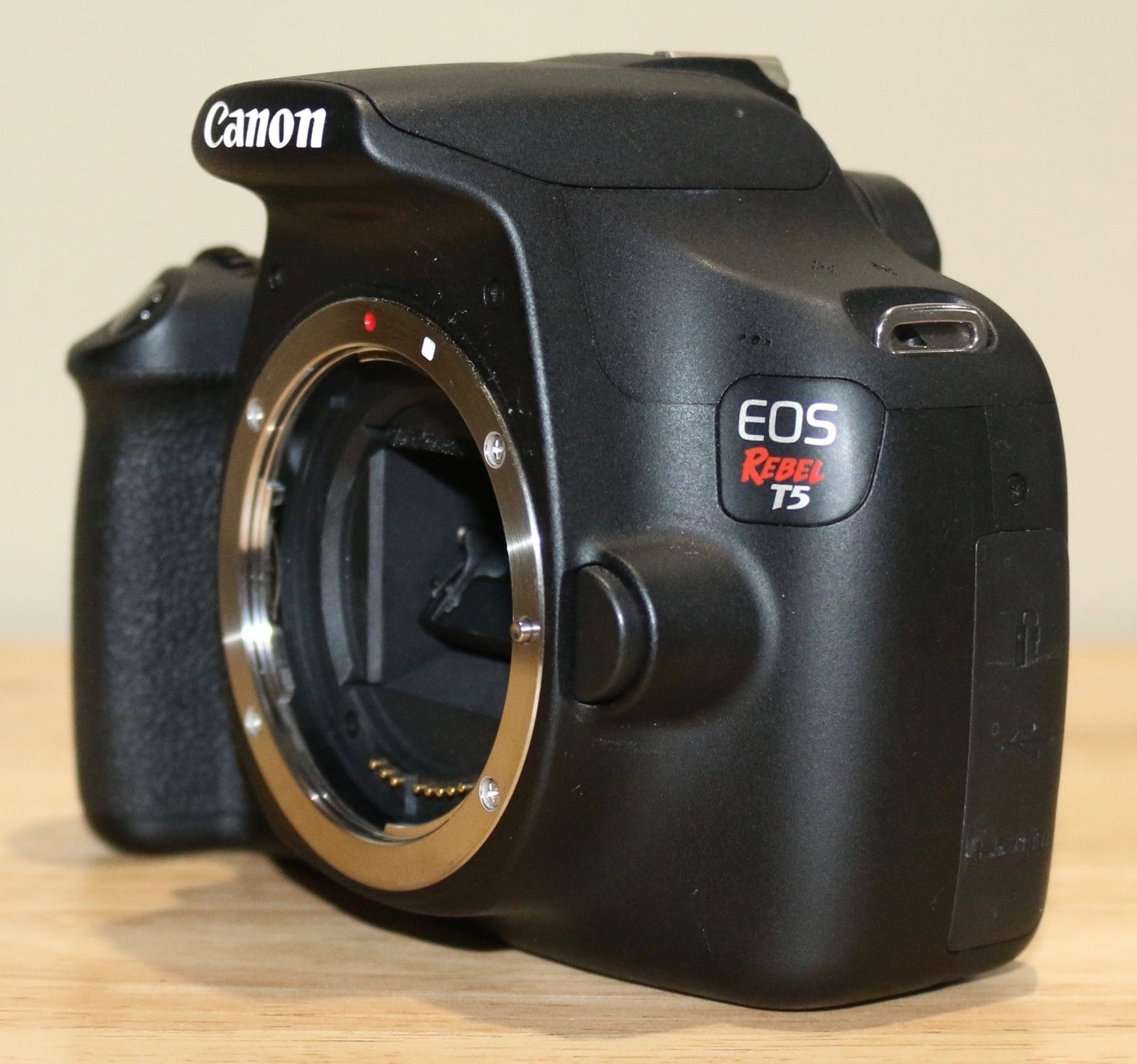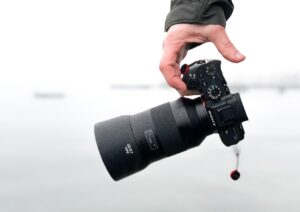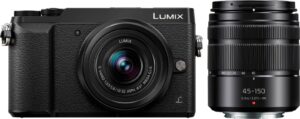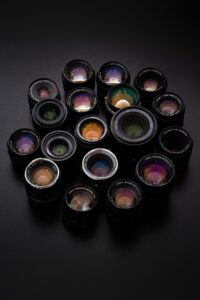
Whether a mirrorless camera kit or a prime lens is better for you depends on your specific photography needs and preferences. Both options have their advantages and are suited for different situations. Let’s explore the pros and cons of each:
Mirrorless Camera Kit:
A mirrorless camera kit typically includes a camera body along with one or more zoom lenses. These kits are versatile and convenient for various photography scenarios, as they cover a range of focal lengths without the need to switch lenses frequently. Here are some pros and cons:
Pros:
Versatility: A kit lens usually covers a range of focal lengths, allowing you to shoot wide-angle, standard, and sometimes telephoto shots without changing lenses.
Convenience: You don’t need to carry multiple lenses, making it ideal for travel and situations where changing lenses quickly might be challenging.
Cost-effective: Buying a camera kit can be more economical than purchasing individual prime lenses.
User-friendly: Great for beginners who might find prime lenses intimidating or restrictive.
Cons:
Image Quality: Kit lenses are often designed to be affordable and versatile, which might result in slightly lower image quality compared to high-end prime lenses.
Aperture: Kit lenses usually have a smaller maximum aperture, limiting their performance in low light and their ability to achieve a shallow depth of field.
Creativity: Limited aperture and potentially lower image quality might restrict your creative options compared to prime lenses.
Prime Lens:
A prime lens has a fixed focal length, meaning it doesn’t zoom in or out. Prime lenses are known for their superior image quality and wider maximum apertures. They are particularly well-suited for specific photography styles and situations.
Pros:
Image Quality: Prime lenses generally offer sharper images, better contrast, and reduced optical distortions compared to zoom lenses.
Low Light Performance: Wider maximum apertures (e.g., f/1.8, f/1.4) allow prime lenses to excel in low-light conditions and create pleasing background blur (bokeh).
Creativity: The fixed focal length encourages you to think more creatively about composition and framing, as you can’t rely on zooming.
Portraiture: Many photographers prefer prime lenses for portrait photography due to their ability to achieve a shallow depth of field and creamy bokeh.
Cons:
Limited Focal Length: Prime lenses don’t zoom, so you’ll need to physically move to adjust your framing.
Inconvenience: To cover a range of focal lengths, you would need to carry multiple prime lenses, which can be cumbersome.
Cost: Higher-quality prime lenses can be more expensive than kit lenses.
In summary, if you’re just starting and want versatility, a mirrorless camera kit might be a good choice. However, if you’re looking for higher image quality, low-light performance, and creative control, investing in prime lenses could be more beneficial in the long run. Many photographers eventually build a collection of prime lenses to complement their kit lenses, giving them the best of both worlds. Your choice should align with your photography style, preferences, and budget.
